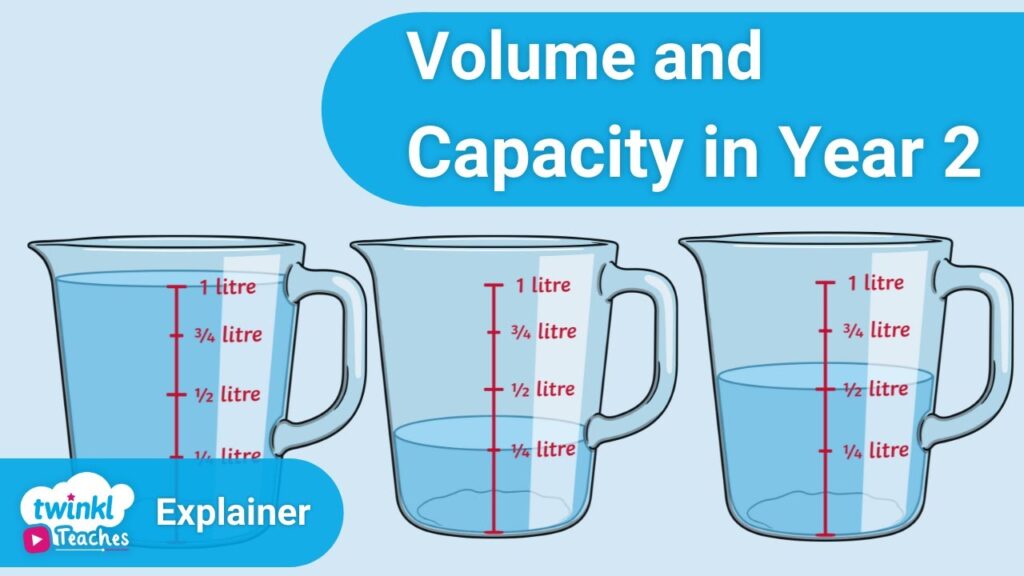Milliliters to Liters: A Comprehensive Guide
Measuring liquid volumes is a common task in various settings, from cooking and baking to chemistry and physics laboratories. Two of the most widely used units for measuring liquid volume are milliliters (mL) and liters (L). Understanding the relationship between these two units is crucial for accurate measurements and conversions.
The Basics of Milliliters and Liters
Milliliters and liters are both units of volume in the International System of Units (SI). A milliliter is a submultiple of a liter, with 1 liter being equal to 1000 milliliters.The prefix “milli” in milliliter means one-thousandth, indicating that 1 milliliter is one-thousandth of a liter. This relationship can be expressed as:1 L = 1000 mL
Conversion Between Milliliters and Liters
Converting between milliliters and liters is a straightforward process. To convert from milliliters to liters, simply divide the milliliter value by 1000. Conversely, to convert from liters to milliliters, multiply the liter value by 1000.For example:
- 500 mL = 0.5 L (500 ÷ 1000 = 0.5)
- 2.75 L = 2750 mL (2.75 × 1000 = 2750)
It’s important to note that when working with very small or very large volumes, it may be more convenient to use other prefixes, such as microliters (μL) or kiloliters (kL). However, for most everyday applications, milliliters and liters are the most commonly used units.
Practical Applications of Milliliters and Liters
Milliliters and liters are used in a wide range of applications, including:
- Cooking and Baking: Recipes often call for liquid ingredients to be measured in milliliters or liters, depending on the region and the recipe’s origin.
- Beverages: Drink containers, such as bottles and cans, are typically labeled with their volume in milliliters or liters.
- Medicine: Liquid medications are often prescribed and measured in milliliters, especially for children.
- Chemistry and Physics: In scientific laboratories, milliliters and liters are used to measure the volumes of liquids in experiments and procedures.
- Fuel and Oil: Fuel and oil quantities are sometimes measured in liters, particularly in countries that use the metric system.
Understanding the Relationship Between Milliliters and Liters
The relationship between milliliters and liters is a fundamental concept in the metric system, and it is essential to have a solid understanding of this relationship for various applications.
The Decimal-Based Nature of the Metric System
The metric system, of which milliliters and liters are a part, is a decimal-based system. This means that the units are related to each other by powers of 10, making conversions between them straightforward.In the case of milliliters and liters, the relationship is as follows:1 liter = 1000 millilitersThis relationship is based on the fact that the prefix “milli” means one-thousandth, and therefore, 1 milliliter is one-thousandth of a liter.
Practical Examples of Milliliter-Liter Conversions
To better illustrate the conversion between milliliters and liters, let’s consider some practical examples:
- Cooking and Baking: A recipe calls for 500 milliliters of milk. To convert this to liters, we divide 500 by 1000, which gives us 0.5 liters.
- Beverages: A bottle of water is labeled as containing 1.5 liters. To convert this to milliliters, we multiply 1.5 by 1000, which gives us 1500 milliliters.
- Medicine: A child’s medication is prescribed in milliliters, and the dosage is 15 milliliters. To convert this to liters, we divide 15 by 1000, which gives us 0.015 liters.
- Laboratory Measurements: In a chemistry lab, a researcher needs to measure 250 milliliters of a solution. To convert this to liters, we divide 250 by 1000, which gives us 0.25 liters.
By understanding the relationship between milliliters and liters, you can easily convert between the two units and ensure accurate measurements in a wide range of applications.
The Importance of Precise Measurements
Accurate measurements are crucial in many fields, from cooking and baking to scientific research and medical procedures. Mistaking milliliters for liters, or vice versa, can lead to significant errors that can have serious consequences.For example, in a medical setting, administering the wrong dose of a medication can be dangerous for the patient. In a chemistry lab, using the wrong volume of a reagent can skew the results of an experiment. In the kitchen, using the wrong amount of an ingredient can ruin a dish.
Frequently Asked Questions
- How many milliliters are in a liter?
- 1 liter is equal to 1000 milliliters.
- How do I convert milliliters to liters?
- To convert milliliters to liters, divide the milliliter value by 1000. For example, 500 mL = 0.5 L (500 ÷ 1000 = 0.5).
- How do I convert liters to milliliters?
- To convert liters to milliliters, multiply the liter value by 1000. For example, 2.75 L = 2750 mL (2.75 × 1000 = 2750).
- What is the difference between a milliliter and a cubic centimeter?
- A milliliter and a cubic centimeter are the same unit of volume in the metric system. They are both equal to one-thousandth of a liter.
- Are milliliters and liters used in the United States?
- Yes, milliliters and liters are used in the United States, primarily in scientific and medical contexts. However, the United States customary system, which uses fluid ounces and cups, is more commonly used in everyday life.
| Term | Definition | Source |
|---|---|---|
| International System of Units (SI) | The modern standardized metric system of measurement | International System of Units |



